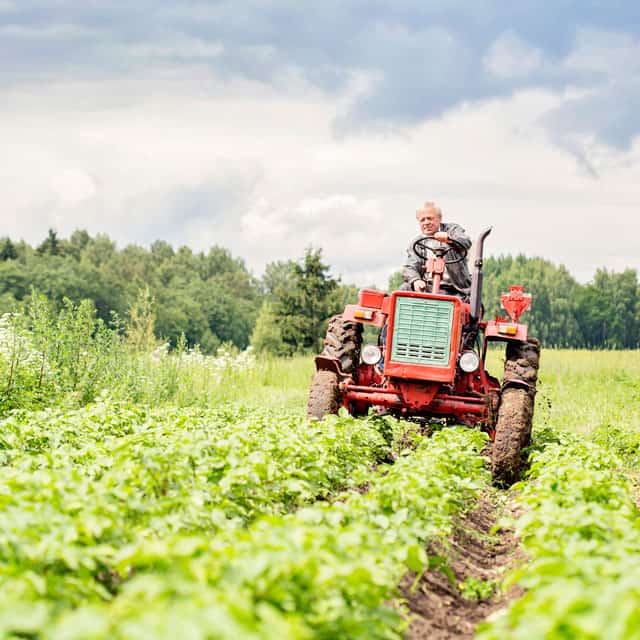 Caring for the health of our soil has become an increasingly important endeavor as we better understand the role nutrient-rich soil plays in the quality of our food and ecosystem. Regenerative agriculture is a system of farming that works to progressively improve the soil, water and the environment. These farming methods can help take CO2, a powerful greenhouse gas, out of the atmosphere and put it back where it can do the most good—under our feet—and that’s where this story begins, with soil.
Caring for the health of our soil has become an increasingly important endeavor as we better understand the role nutrient-rich soil plays in the quality of our food and ecosystem. Regenerative agriculture is a system of farming that works to progressively improve the soil, water and the environment. These farming methods can help take CO2, a powerful greenhouse gas, out of the atmosphere and put it back where it can do the most good—under our feet—and that’s where this story begins, with soil.
Carbon Sequestration
Green plants naturally take carbon out of the air as part of photosynthesis and turn it into simple sugars. The sugars are exuded from the plant’s roots into the ground, where it feeds microorganisms that live around the root base. Those microorganisms use the carbon-based sugars to build topsoil—capturing, or sequestering carbon from the atmosphere. When a thin layer of compost is added to this system, it sets up a cycle where the plants are able to capture more and more carbon each year.Cover Crops
Thoughtfully planted between other crops, cover crops can help to remedy soil shortcomings, keep weeds down, retain water and enrich the soil. This means the next crop will require less fertilizer, have a greater tolerance to drought and yield more.Another big plus to cover crops is they help to manage soil erosion.
No Till
Tilling the soil can lead to soil erosion, kill off the microorganisms necessary for healthy soil, encourage weed growth and can pack the soil making it harder for a crop to grow. Not tilling helps to create long-term soil fertility—organic soil that’s not tilled holds nutrients like a sponge, helping to create nutrient-rich food.Feed and Seed Program
Today, food waste accounts for 24% of all landfilled material. And, about 7% of all human-caused greenhouse gas emissions come from food waste. But together, we can be part of the solution to start to heal the planet. In partnership with Ancient Nutrition, we collect 10,000 lbs. of food scraps per week and deposit them on Regenerative Organic CertifiedTM farms to feed animals and regenerate topsoil.Coming soon …
 Be prepared to start seeing more of this logo in the future. This certification will be used in tandem with the USDA Organic seal. The pilot program companies already produce USDA Certified Organic goods. Working towards Regenerative Organic Certification, they will be utilizing the additional regenerative agriculture practices of soil health and land management, as well as animal welfare, and farmer and worker fairness practices.
Be prepared to start seeing more of this logo in the future. This certification will be used in tandem with the USDA Organic seal. The pilot program companies already produce USDA Certified Organic goods. Working towards Regenerative Organic Certification, they will be utilizing the additional regenerative agriculture practices of soil health and land management, as well as animal welfare, and farmer and worker fairness practices.

 VIEW ALL
VIEW ALL



